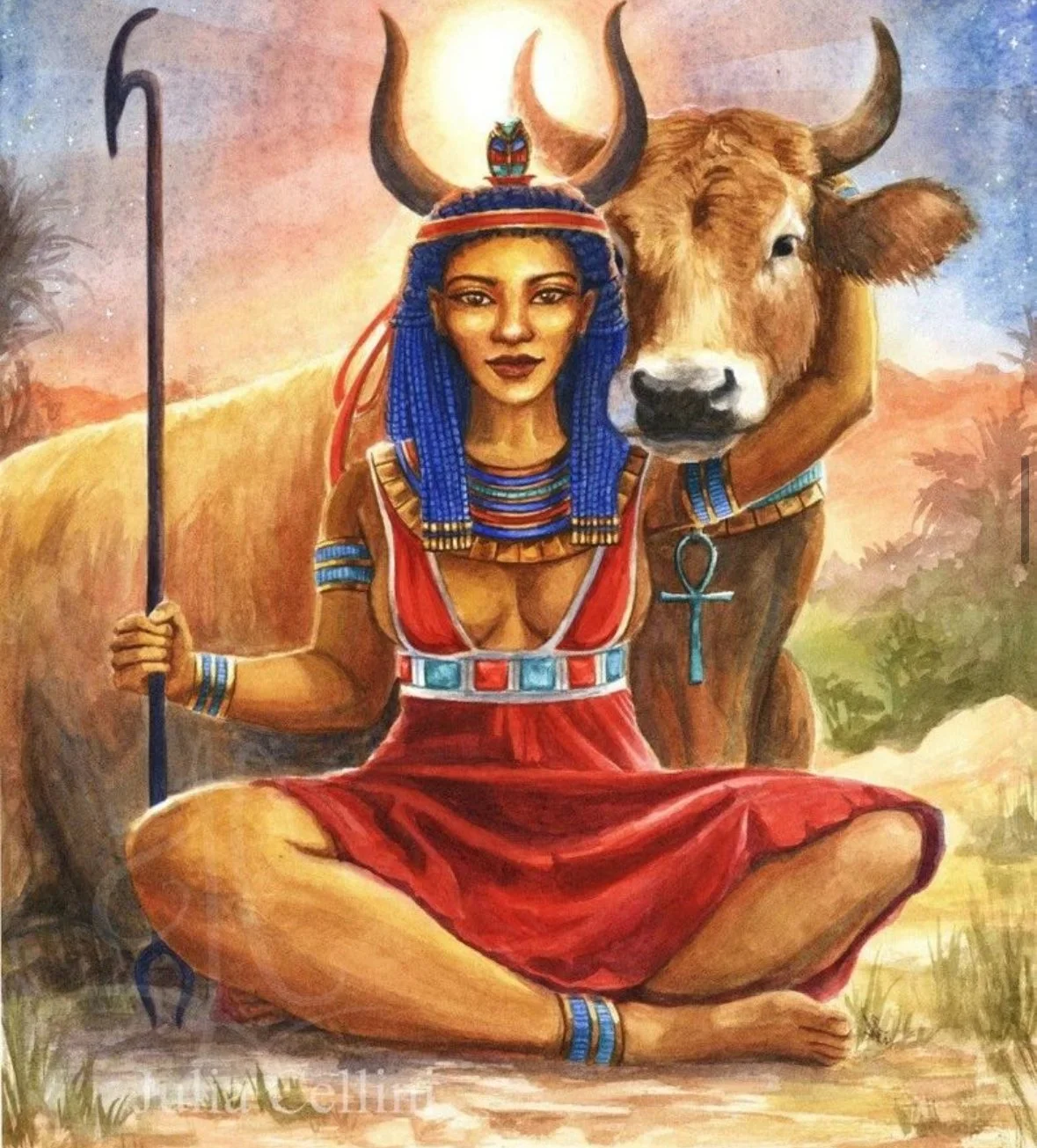Exploring the Divine Duality: Goddess Sekhmet and Hathor
Ancient Egyptian mythology is rich with stories and deities that embody complex aspects of life and nature. Among these divine figures, two goddesses stand out for their unique and intertwined roles: Sekhmet and Hathor. Though they may appear distinct in their attributes and symbolism, their connection reveals a fascinating duality that speaks to the ancient Egyptians' understanding of balance and harmony.
Sekhmet: The Fierce Protector
Sekhmet, often depicted as a lioness or a woman with a lioness's head, embodies the fierce and powerful aspects of the divine. Her name, meaning "the Powerful One," reflects her role as a warrior goddess and protector of the pharaohs. As the daughter of Ra, the sun god, Sekhmet was believed to breathe fire and bring plague upon the enemies of Egypt, ensuring the land's safety and prosperity.
Attributes and Symbols
Lioness Head: Symbolizes strength, courage, and ferocity.
Sun Disk and Uraeus (Cobra): Represents her connection to Ra and her role as a solar deity.
Red Color: Associated with blood and the destructive power of the sun.
Art of Sekhmet by Julia
Hathor: The Nurturing Mother
In contrast to Sekhmet's fierce nature, Hathor is the embodiment of love, beauty, music, and motherhood. Often depicted as a cow or a woman with cow horns and a sun disk, Hathor represents the nurturing and life-giving aspects of the divine. She is known as the "Mistress of the West" and the "Lady of the Sycamore," highlighting her roles in the afterlife and nature.
Attributes and Symbols
Cow Horns and Sun Disk: Symbolize fertility, motherhood, and her connection to Ra.
Sistrum (Musical Instrument): Represents her association with music and dance.
Mirror: Reflects her aspect as a goddess of beauty and love.
Goddess Hathor Art By Julia
The relationship between Sekhmet and Hathor highlights the ancient Egyptians' understanding of duality and balance. Sekhmet's fierce protection and Hathor's nurturing love are two sides of the same divine coin. Together, they represent the essential balance between destruction and creation, wrath and compassion, and war and peace.
Balance of Forces: The transformation from Sekhmet to Hathor symbolizes the necessity of balancing destructive and constructive forces.
Cycle of Life: Their duality reflects the natural cycles of life, death, and rebirth, emphasizing the importance of harmony in the universe.
Role of Women: Both goddesses highlight the multifaceted roles of women in ancient Egyptian society, from protectors and warriors to nurturers and caregivers.
The goddesses Sekhmet and Hathor offer a profound insight into the ancient Egyptian worldview, where the interplay of contrasting forces was essential for maintaining cosmic balance. Through their stories and symbols, we can appreciate the complexity and depth of ancient Egyptian mythology and its enduring relevance in understanding the human experience. Whether as the fierce protector or the nurturing mother, Sekhmet and Hathor remind us of the power and beauty inherent in balance and duality.



